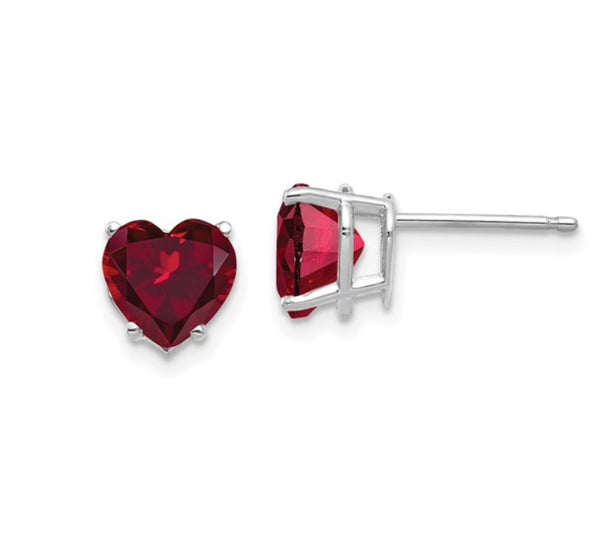It’s not a secret that lab grown diamonds have gained popularity and are available at price points and saturated colors that many find attractive.
While natural diamonds form deep in the Earth mantle and brought to the surface by volcanic eruptions known as kimberlite, Lab grown diamonds are made in the lab and have the same composition and visual characteristics as natural diamonds. Both industries have a carbon footprint ( for example natural diamond mine uses 7.5 kWh to recover one carat, lab grown manufactures 20 kWh for normal growth run) While evaluating the efficiency of both, there are many socio economic considerations that are important.
The most common question about lab grown diamonds- is there a way to tell the difference between lab grown and natural diamonds visually? Because lab grown diamonds have physical properties are nearly identical to natural diamonds, identifying lab grown diamonds can be complex, but possible by a train professional. They exhibit several features that allow for their detection in geological laboratories, such as color zoning, dark metallic inclusions and distinctive colors of ultraviolet fluorescence. When making a decision what diamond is best to choose, one important consideration for buying lab grown diamonds- they have no resale value.
Shown below: Natural Pink Diamond earrings and ring



Lab grown pink diamond hoop earrings and stud earrings

